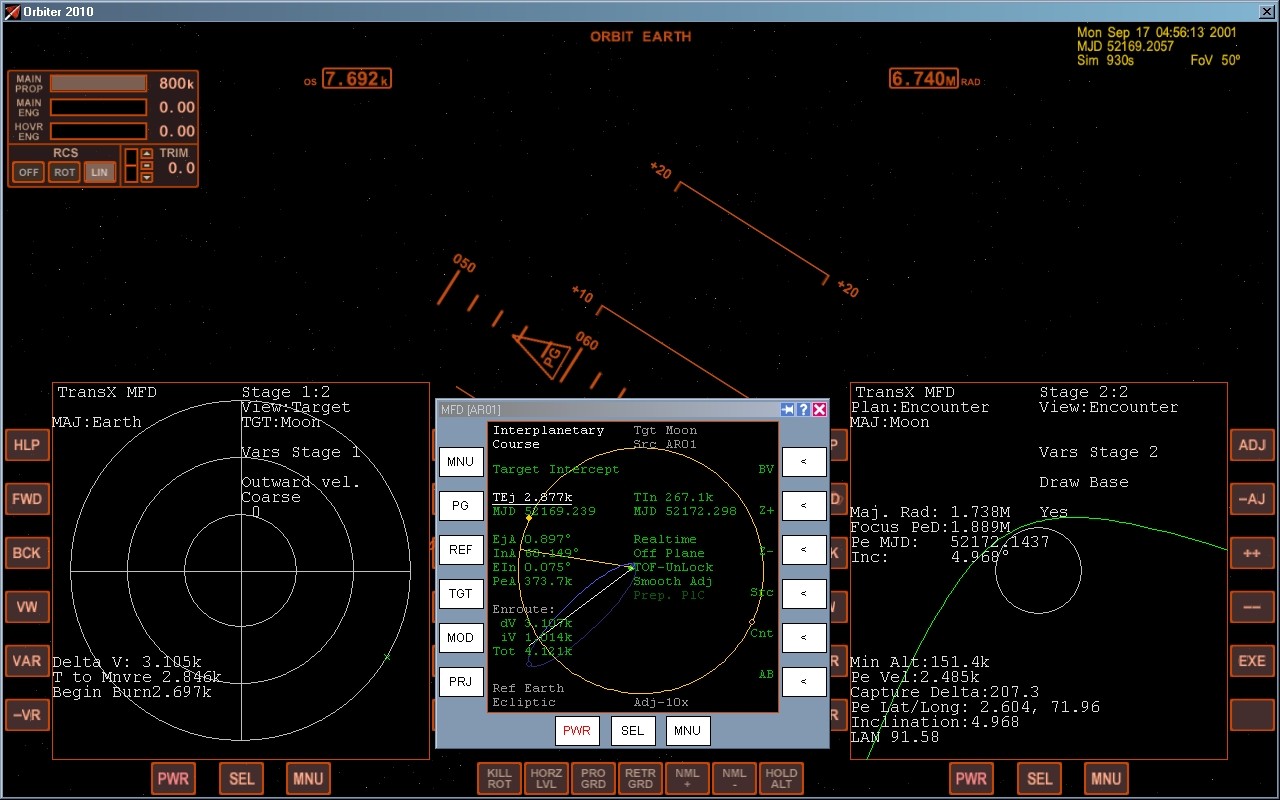orbekler
Member
- Joined
- Nov 25, 2010
- Messages
- 340
- Reaction score
- 0
- Points
- 16
Hello,
I'd like to know the meaning of the iV component in IMFD Course Enroute info. This because it's always there as a non zero value, even if I finished the burn (Burn Vector Total dV=0). In the full manual, is described as inward component, but this should be already included in BV.
I'd like to know the meaning of the iV component in IMFD Course Enroute info. This because it's always there as a non zero value, even if I finished the burn (Burn Vector Total dV=0). In the full manual, is described as inward component, but this should be already included in BV.

